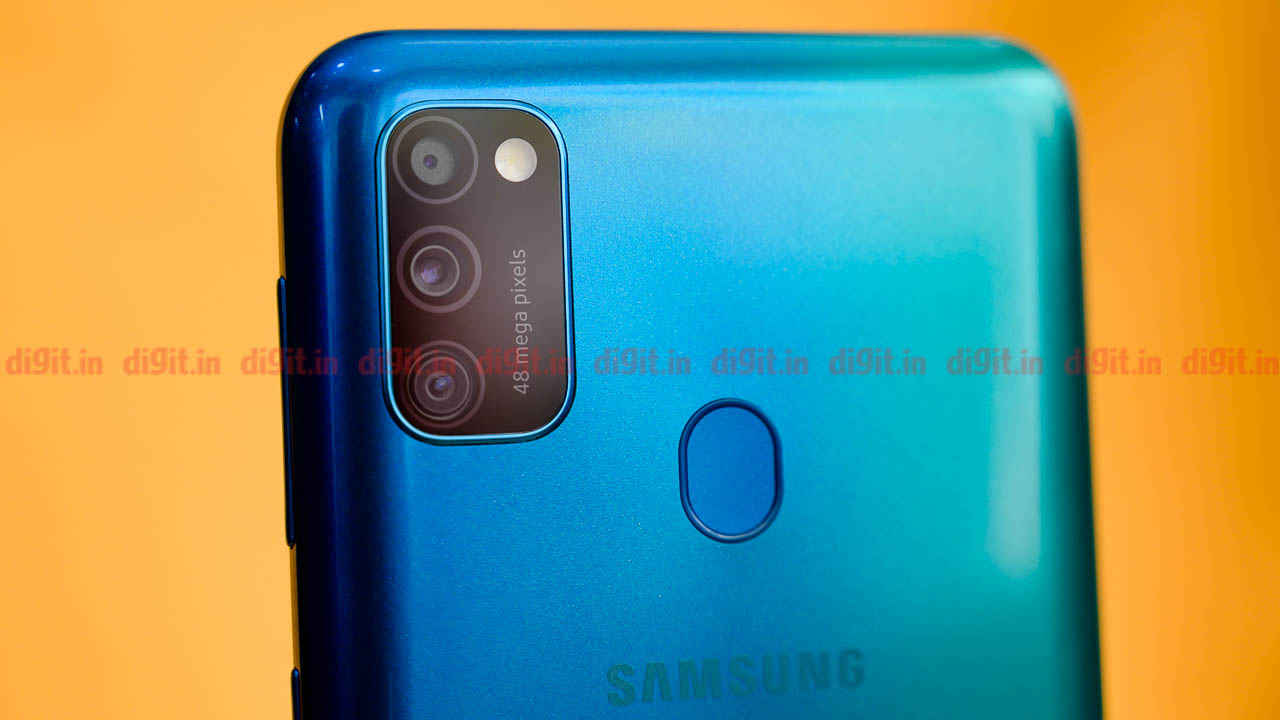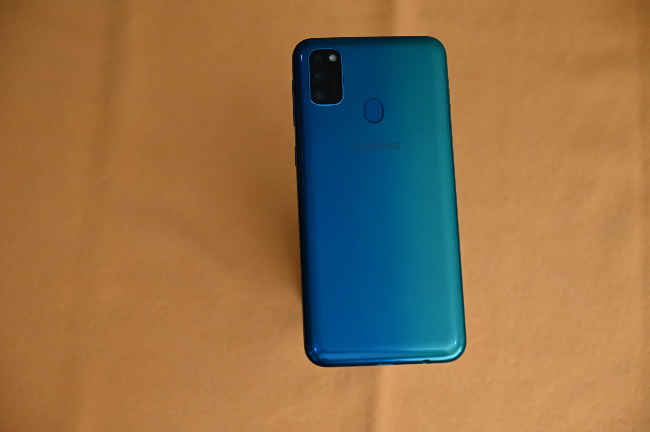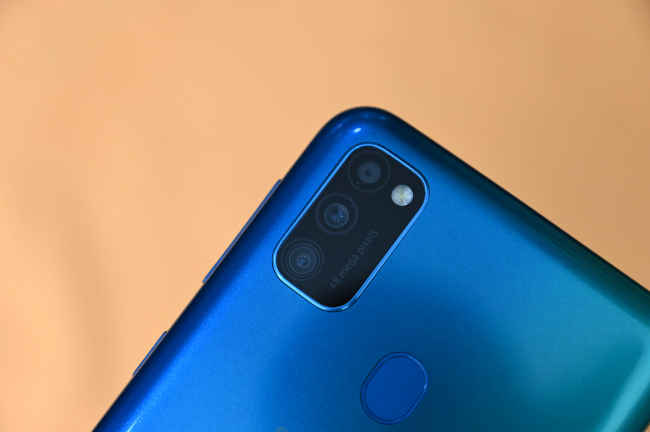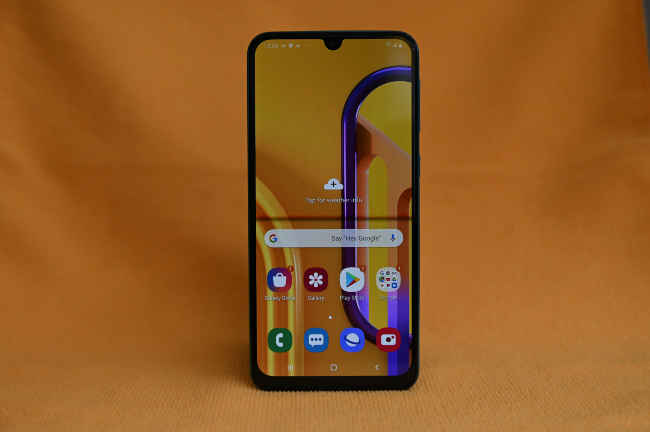Samsung Galaxy M30s First Impressions: Battery mammoth that also looks good
The Samsung Galaxy M30s has now launched in India.
The phone comes with a gigantic 6000mAh battery.
With the hardware on offer, the Galaxy M30s mounts a strong challenge to the Redmi Note 7 Pro and the Realme 5 Pro.

The Samsung M-series has done wonders in reviving Samsung’s presence in the affordable and mid-range segment. Along with the A-series, Samsung has maintained an onslaught of new devices, each with a unique proposition and building a wide array of choices for the consumer. The Galaxy M30s succeeds the popular Galaxy M30 in the mid-range segment, and adds upgrades across the board without a steep jump in price. It remains quite affordable and mounts a strong challenge to the likes of the Redmi Note 7 Pro and the Realme XT.
 Survey
SurveyThe Galaxy M30s sticks to the same values that made the Galaxy M30 so popular. Camera, battery and display. All three of them received a generous boost in features, and the overall package offers a better value than before. But do they all work as advertised? We will have to find out in a detailed review. So far, we have been using the Galaxy M30s for a few days and these are our first impressions —
Largest battery in the segment
The Samsung Galaxy M30s sports a gigantic 6000mAh battery, the largest ever to be installed in a phone. The Asus ROG Phone II is the only other mainstream phone with a similar battery capacity. Now while the ROG Phone II also needs the larger battery to power through all its resource-heavy features, the one on the M30s is designed to just keep the phone running for hours. We expect the Galaxy M30s to last well over a day and then some. Along with that, a 10nm SoC and a Super AMOLED display ensures the power consumption is not too high either. Samsung bundles a 15W fast charger in the box which we believe will take a lot of time to charge the phone to full capacity. Then again, you won’t need to charge the phone very often and only do so overnight.
Yet another new design
The Galaxy M10 and M20 shared many similarities in design. But from the M30 onwards, Samsung has played around with colours, display and the camera placement, however, things like the body material have remained the same. The M30s retains the polycarbonate body with a glossy finish that makes it look like glass. A new wide rectangular camera module in the top corner houses three cameras. It honestly looks a little out of place. There are new colours to choose from which includes a peacock blue colour that transitions to green. It looks a lot like the M40, but with subtle differences.
From the front, the Galaxy M30s retains the Super AMOLED Infinity-U display and there are thick bezels on all sides, despite a 20:9 aspect ratio. It’s a FHD+ panel that stretches 6.4-inches diagonally and looks quite bright and vivid.
More powerful triple-cameras
The Galaxy M30 was a triple-camera phone and so is the M30s. Only this time, the sensors used are better than the M30. For one, the primary camera has been upgraded from a 13MP to a 48MP sensor, along with a new 8MP wide-angle sensor and the same 5MP depth sensor. The M30s, as a result, produces pixel-binned 12MP photos by default. We will be looking at the camera performance more in-depth for our review.
On the front, the Galaxy M30s adds a 24MP shooter with f/2.0 aperture, as compared to a 16MP selfie camera on the Galaxy M30. The phone also comes with a dedicated Night Mode that relies on multi-frame processing to shoot sharper low-light images.
Hardware moves to 10nm
One of the major drawbacks in the Galaxy M30 was the Exynos 7904 SoC that was based on a 14nm manufacturing process. This was while most of its peers had moved to 10nm. The M30s corrects that with the Exynos 9610 that’s also based on a 10nm manufacturing process, bringing higher power efficiency on board. The primary issue with Exynos processors is that they usually lag behind in performance as compared to its Snapdragon rivals. We will have to run our set of performance tests to see how this one fares.
The M30s is offered in both 4GB RAM and 6GB RAM with 64GB and 128GB storage variants respectively. This again brings the M30s in line with the rest of the competition. There’s a rear-mounted fingerprint sensor and a 3.5mm headphone jack. There’s also a Type-C port for charging. Lastly, the M30s now runs on Samsung’s OneUI software, which is a big upgrade from the Samsung Experience UI that powered the Galaxy M30 previously.
First Impressions
The Samsung Galaxy M30s adds upgrades across the board with large-sensor cameras, gigantic battery and a new design. It also helps Samsung compete better with more powerful offerings like the Realme 5 Pro and the Redmi Note 7 Pro, matching them spec-by-spec. Add to that a refined software experience and the Galaxy M30s seems to be a promising offering in the mid-range segment from Samsung. We will of course continue to test the phone out to see how the features work for a more in-depth piece in the next few days. Stay tuned!



